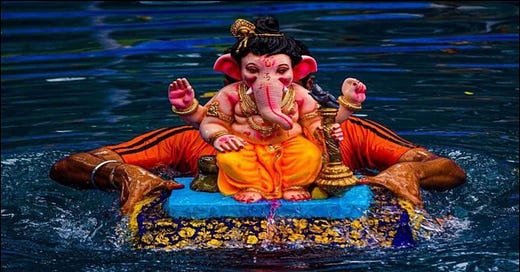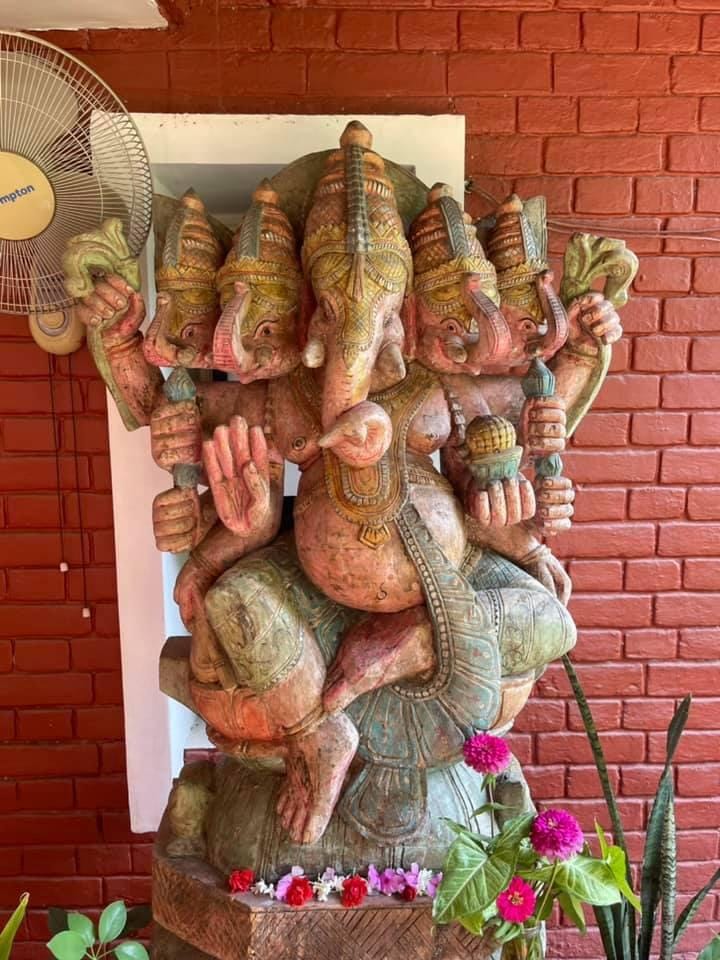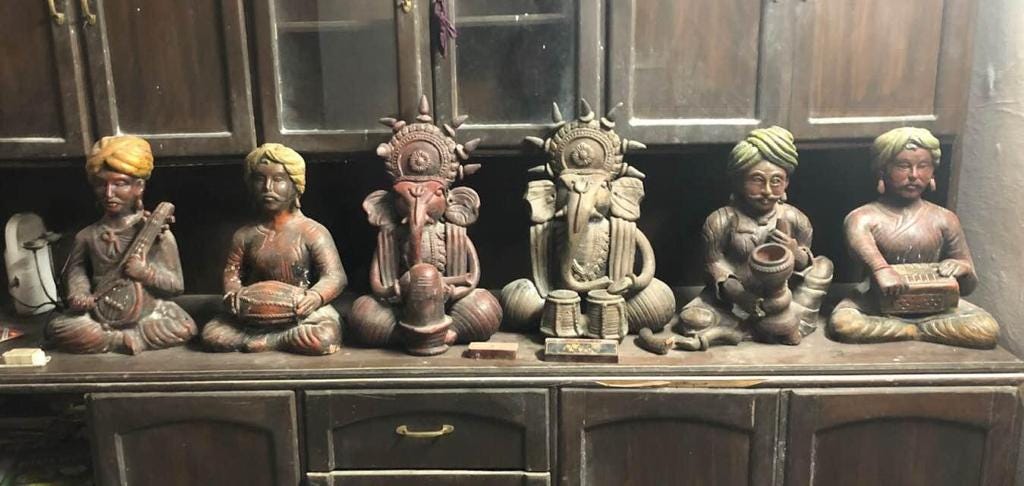"Ganesh Visarjan": Significance, Tradition and Ceremonies.
The Profound Significance of "Ganesh Visarjan": A Glimpse into Tradition and Rituals in 2023.
Introduction
The festival of Ganesh Chaturthi, revered across India and particularly in the state of Maharashtra, has been an epitome of devotion, unity, and spiritual elation for ages1. The ten-day-long festival concludes with the ritualistic immersion of Lord Ganesha idols in bodies of water, a ceremony known as Ganesh Visarjan. In 2023, the day falls on the auspicious Anant Chaturdasi, 28th September. This article skims into the profound significance and rituals associated with the ceremony, highlighting why it remains one of the most spiritually enriching experiences in the Hindu tradition.
An Unparalleled Experience in 2023
This year, the ritual of Ganesh Visarjan occurs on the 28th of September, aligning with Anant Chaturdasi. According to traditional wisdom, the most auspicious time for the puja and the immersion is in the morning between 6.12 a.m. to 7.42 a.m. It is essential to note that the time from 7.42 a.m. to 11 a.m. should be avoided for bhog offerings, puja, and the Visarjan procedures. During this period, devotees can focus on reciting bhajans.
Philosophy Behind the Visarjan
The act of Visarjan is layered with spiritual meaning. Immersing the clay idol of Lord Ganesha in water symbolises the eternal cycle of creation and dissolution. The immersion is not a simple return to the elements, but rather a poignant reminder of the transient nature of physical forms.
The Puja Rituals
For the Visarjan, ceremonies often commence early in the morning during the Brahma Muhurat, from 3.45 a.m. to 4.15 a.m., when the atmosphere is at its most tranquil and spiritually charged. Puja and aarti are conducted with great devotion, followed by the chanting of Vedic mantras. Traditional offerings, or 'bhog,' may include modaks, fruits, and flowers, representing heartfelt gratitude for the blessings received during the festival.
The Communal Aspect and Historical Roots
The ceremony of Visarjan also serves as a communal event that transcends societal divisions. Historically, public Ganesh Chaturthi celebrations became significant in 1893 under the influence of freedom fighter Bal Gangadhar Tilak. Tilak ingeniously transformed this into a grand public event, fostering unity and circumventing colonial restrictions on public gatherings. The event today remains a grand spectacle filled with devotion, music, and dance.
The Final Farewell
As the idol dissolves, it symbolises Lord Ganesha's return to his celestial abode, taking with him the prayers and yearnings of his devotees. This departure is often accompanied by chants of "Ganapati Bappa Morya, Pudchya Varshi Laukariya" (गणपति बाप्पा मोरया, पुढच्या वर्षी लवकर या), inviting the deity to return early in the subsequent year.
An Invitation for the Coming Year
While the physical form of Lord Ganesha may dissolve back into the elements during the Visarjan, his spiritual essence—a potent symbol of wisdom, prosperity, and good fortune—resonates with a timeless permanence in the hearts of the devout. This enduring essence transcends the ephemerality of material forms and nourishes the souls of believers, who look forward to welcoming the deity with renewed hope and reverence in the ensuing year.
Ganesh Chaturthi— गणपति बाप्पा मोरया!
Ganesh Chaturthi 1990— my first intro In September 1990, as a young IAS officer with just six years under my belt, I found myself deputed for a fortnight's training at the Institute of Developmental Administration in Pune, Maharashtra. When I perused the training calendar, the absence of a holiday for Janmashtami piqu…







